|
3/26/2021 Immigrants & International Events Shaping the D.C. Landscape: 5 Monuments that You Should VisitRead NowBy Ben JaffeIf D.C. is known for one thing, outside of being the seat of the U.S. federal government, it is the city’s monuments. On the schedule of every tourist is a visit to the National Mall to look upon the Washington, Lincoln, MLK Jr. and Jefferson memorials. Throw in the WWII, Vietnam and Korean War memorials, and that would likely cover most of the average tourist’s to-see list. However, D.C. has many more monuments to offer than just those at the National Mall. D.C. has long drawn people from all over the world, and the city’s landscape reflects that. We’ve compiled a list of five different memorials honoring immigrants or commemorating international events that have shaped the U.S. and the world. "Washington DC Old Post Office & Gibran Khalil Gibran Memorial 006" by Nicolas Karim is licensed under CC BY-NC-ND 2.0 Khalil Gibran Memorial Garden Hidden along Embassy Row next to the South African Embassy lies the Khalil Gibran memorial. Crossing the small footbridge, you will find a modest memorial garden with a small fountain, trees, a sculpture of Gibran and a bench bearing his poetry and quotes. Gibran, a Lebanese-American poet, was the first Arab American honored with a memorial in D.C. Though Gibran only lived to 48, his influence was felt across the Middle East and the United States through his writing, painting and teaching. His most well-known work is arguably his book, “The Prophet,” which has sold over 11 million copies and has been quoted by artists such as Elvis Presley and John Lennon. Saint Mother Théodore Guérin Statue Théodore Guérin was a French-American nun who was canonized in the Catholic faith as a saint in 2006, 150 years after her death. Born and raised in France, she moved to rural Indiana in 1840 and established some of the first schools across the state. She was also seen as an experienced community leader and businesswoman who helped with community development in western Indiana. Her statue can be found directly behind the the main basilica on Catholic University’s campus. Dedicated in 2008, the statue was given by the Sisters of Providence of Saint Mary-of-the-Woods, the congregation Guérin led. "Motherland" by Frederic Sogoyan is licensed under CC BY 2.0 Armenian Earthquake Statue Down the street from the White House and next to the American Red Cross National Headquarters, a statue of a woman clutching a child stands as a “thank you” to the American people from the Armenian people for their aid following the 1988 Armenian earthquake, also known as the Spitak earthquake. Between 25,000-50,000 people were killed, and the damage was so bad that the Soviet Union, which Armenia was a part of at that time, requested aid from the United States despite the ongoing Cold War. The sculpture was designed and made by Armenian-Russian artist Frid Soghoyan, who himself had lost many friends to the earthquake and highlighted the key role the U.S. support provided to Armenia. Albert Einstein Memorial Arguably one of the most well-known scientists in history, German physicist Albert Einstein originally came to the United Kingdom and then the United States as a refugee. His memorial, though located north of the Lincoln Memorial right below the National Academy of Sciences, is easy to miss. Originally dedicated in 1979, the memorial features a platform surrounded by a semi-circle of stone benches. Represented on the platform are locations of stars and planets, in the position they were at the time of the memorial’s dedication, and on the surrounding bench sits a 12-foot-high statue of Einstein with a book in his left hand. On the book is etched three equations that Einstein is credited with discovering. Holodomor Memorial to Victims of the Ukrainian Famine-Genocide of 1932–1933 by Max Herz is licensed under CC BY-SA 4.0 National Holodomor Memorial
Just west of Union Station on Massachusetts Avenue sits the Holodomor Memorial, which stands in dedication to the millions of people who died of starvation in Ukraine from 1932-1933 during a famine engineered by the Soviet Union. Built in coordination with the Ukrainian government, the memorial was made to honor the victims and educate the American public on the event, which is not well-known in the United States. The memorial was designed by local architect Larysa Kurylas, the daughter of Ukrainian immigrants, and consists of a 30-foot wall depicting a field of wheat that slowly transitions from abundant to barely visible. To the right of the wall, an inscription in English and Ukrainian describes Holodomor and provides context to one of the deadliest genocides of the 20th century. This memorial is just one of the three modern memorials in D.C. to be designed by a woman.
1 Comment
KAMA DC condemns the racism and violence against Asian American and Pacific Islander (AAPI) communities across the United States and mourns the loss of those murdered in Atlanta. We stand in solidarity with our friends, colleagues, relatives and neighbors who are facing intimidation and violence.
The horrific shootings in Atlanta were a terrible culmination of anti-Asian discrimination and harassment, especially towards women, that is on the rise in our community and in our nation. We call on all those in the DMV, including our leaders, to support our AAPI communities and combat racism. We aim to actively work against harmful stereotyping and hate while lifting up immigrant voices. KAMA DC is proud to uplift and celebrate the stories and contributions of immigrant AAPI communities. Additionally, we are committed to renewing our fight against all types of racism. Visit the resources below to find ways to support AAPI communities:
Little Ethiopia sign on the corner of 9th and U Streets NW. BY ALAYNA HUTCHINSON AND ALLIE JUDGEThis past December, the D.C. Council officially named the 9th and U Street business corridor “Little Ethiopia.” The council unanimously agreed on the measure “to recognize the Ethiopian community’s heritage and culture, outstanding leadership and contributions” to D.C.’s economy and the business corridor in the Shaw neighborhood, as well as “its partnership with the African American community in the fight for social justice and civil rights.” The full resolution can be found here.
“The Ethiopian community has played an integral role in the development of many businesses in and around Washington," said Philemon Mastewal, whose Ethiopian-born parents own Büna Coffeehouse in Petworth. "As the city with the highest concentration of Ethiopian immigrants, D.C. has always felt like ‘Little Ethiopia’ to me, but I am glad to hear about the recent formal recognition from the city council." Although the resolution was ceremonial, it signifies the impact and history of the Ethiopian diaspora in the D.C. area, which stretches back decades. A 2016 WAMU story noted that D.C. was a draw for Ethiopian immigrants for a number of reasons, including the location of the embassy, the strength of Ethiopian-American political relations and prominent HBCU Howard University. The majority Black population in the city also created a more welcoming environment in the 50s, 60s and 70s when Ethiopian immigrants and students first began coming to the U.S. in significant numbers. Because Ethiopian immigrants initially settled in Shaw and the nearby Adams Morgan neighborhood, “Little Ethiopia” became a prominent location for Ethiopian-owned businesses. The resolution notes that the flourishing of Ethiopian businesses in this area helped with “revitalizing the community following the riots in the mid 1960s.” Since then, Ethiopian businesses have sprung up throughout the DMV, but “Little Ethiopia” remains a cornerstone representing the economic power and historical impact of the Ethiopian diaspora. In 2014, the Migration Policy Institute estimated that the Ethiopian-born population in the D.C. area was about 35,000, which makes it the largest concentration for Ethiopians outside of Africa. Other local sources and organizations consider that number to be much higher, and certainly, as the resolution notes, the population of Ethiopian descendants in the D.C. area totals more than 300,000 people. “Little Ethiopia” has been one of the areas where a concentration of Ethiopian immigrants live, work, and open businesses; however, research from 2015 has also shown that higher concentrations of Ethiopian immigrants are now living outside of D.C. in areas like Silver Spring, Takoma Park, and Alexandria, creating new “Little Ethiopias” all over the DMV. To support the Ethiopian immigrants in the DMV, be sure to visit local Ethiopian restaurants and businesses, such as Büna Coffeehouse. You can also donate to the Ethiopian Community Center and other immigrant-focused organizations, and continue learning more about the history of immigrants in your community! |
Details
AuthorKAMA DC provides a platform for immigrants to teach classes and share stories based on their skills and passions. Archives
October 2022
Categories |

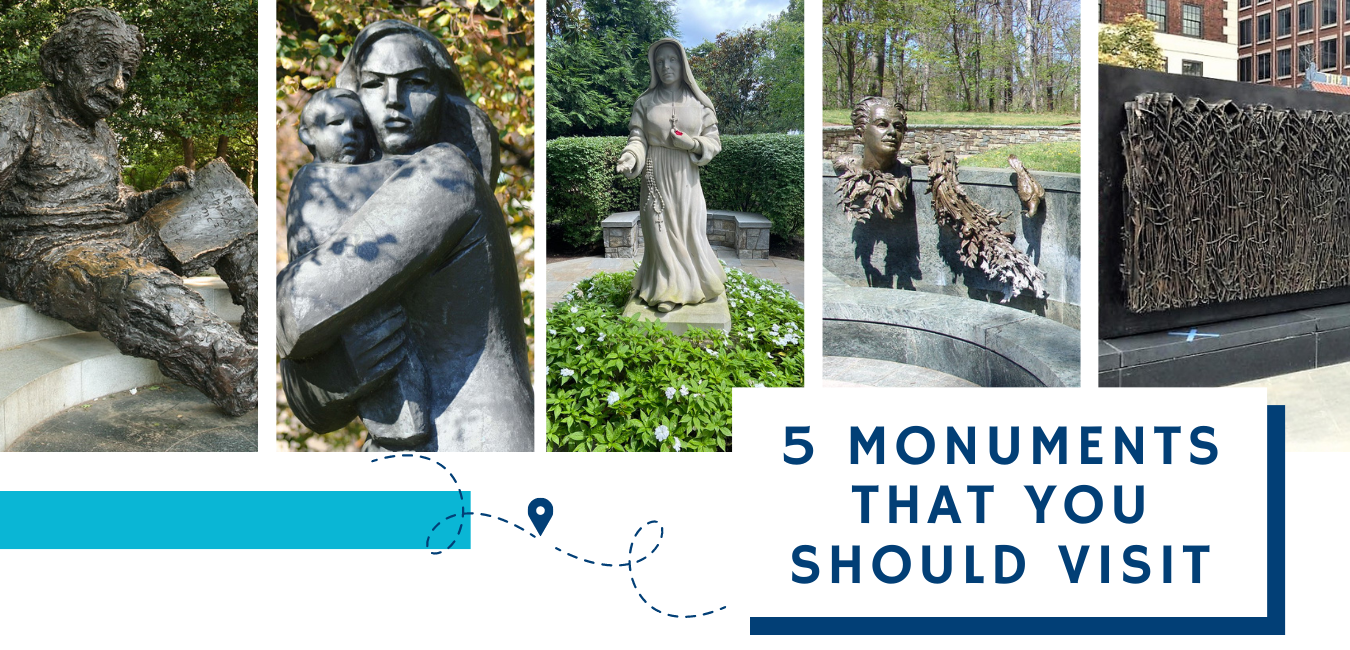
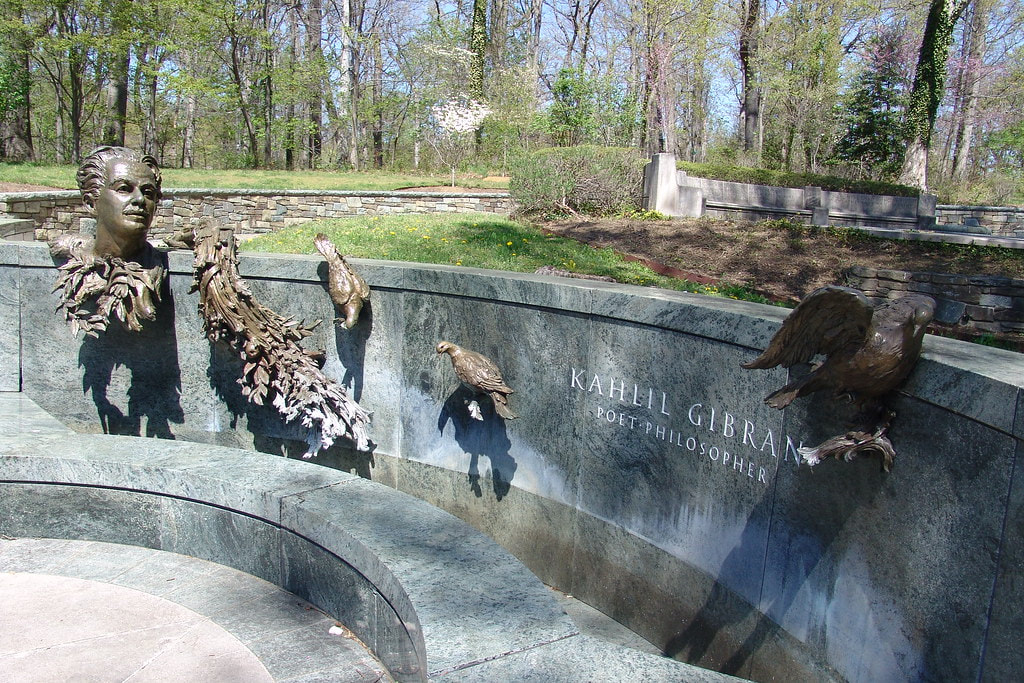
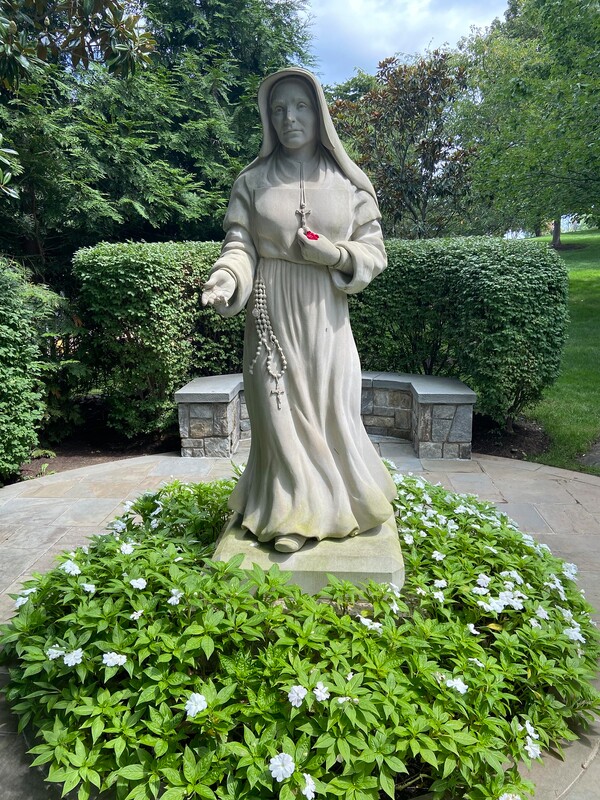
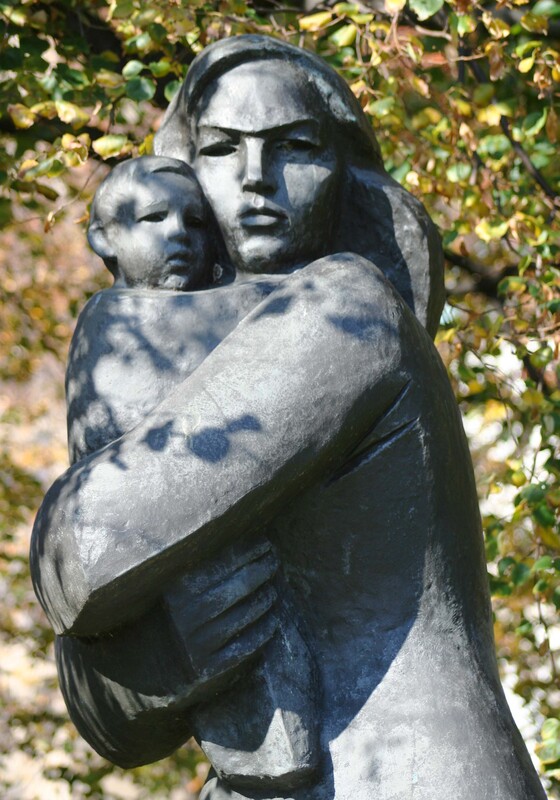
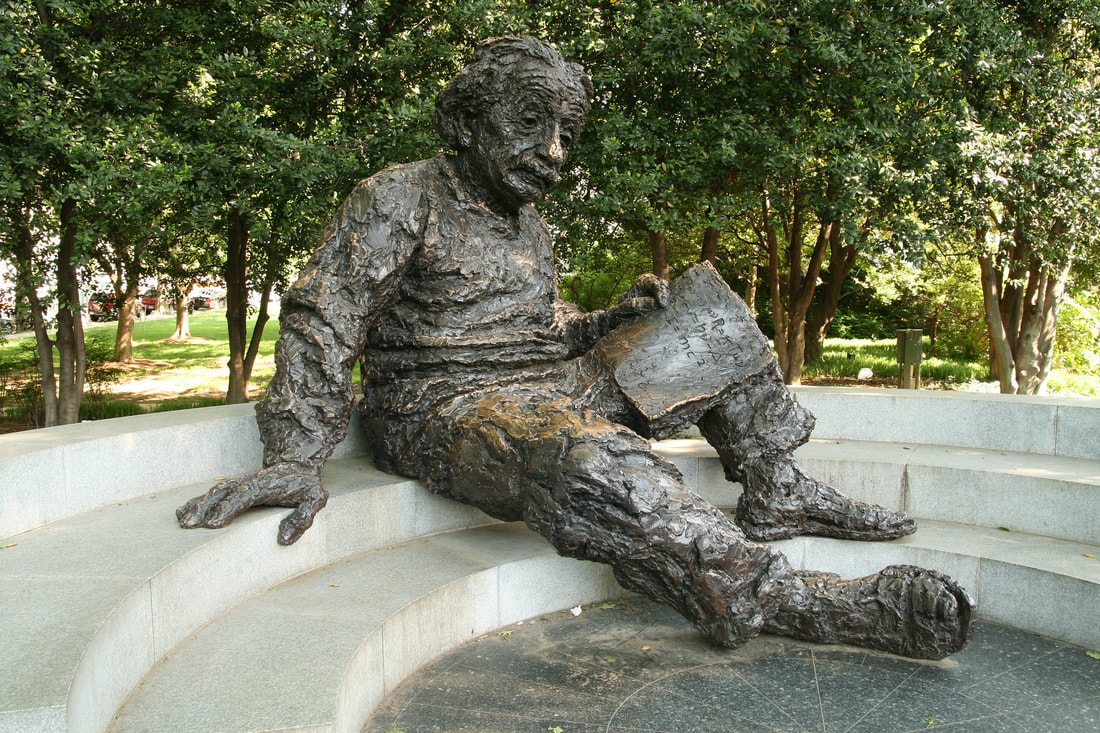
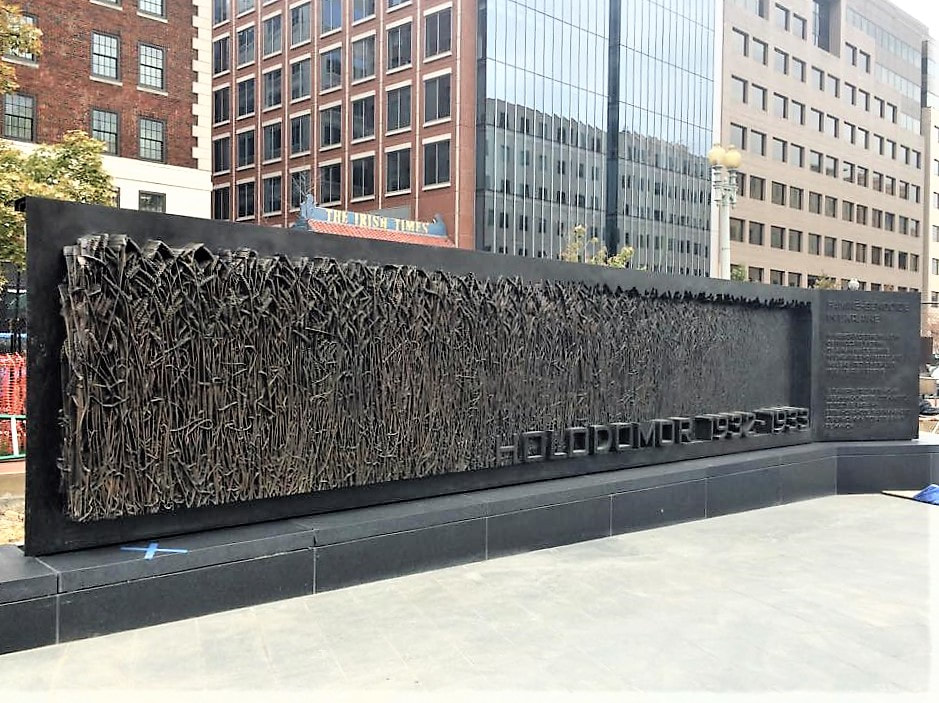
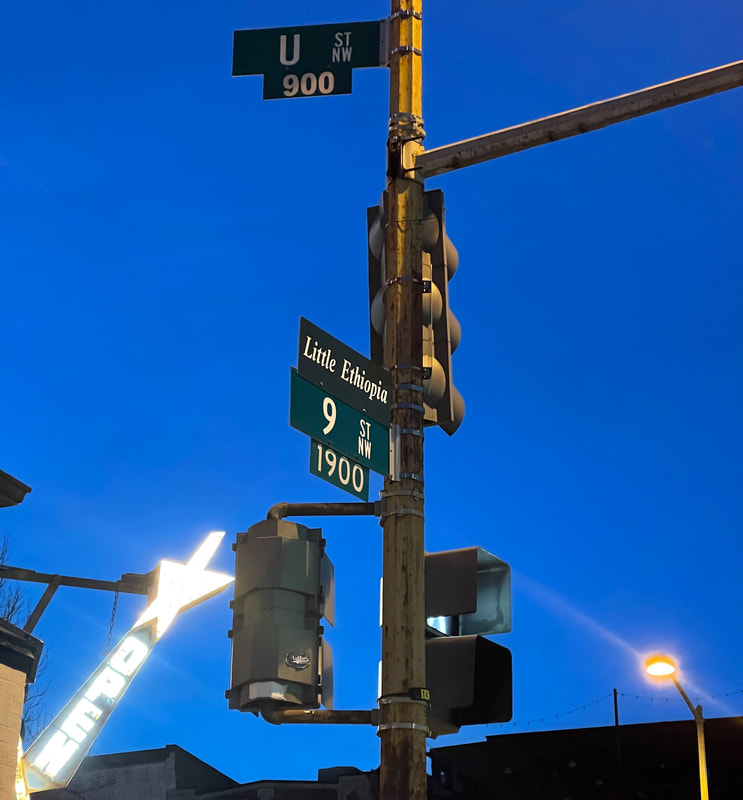
 RSS Feed
RSS Feed